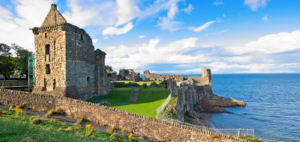The Druids: Who Were the Ancient Celtic Priests?
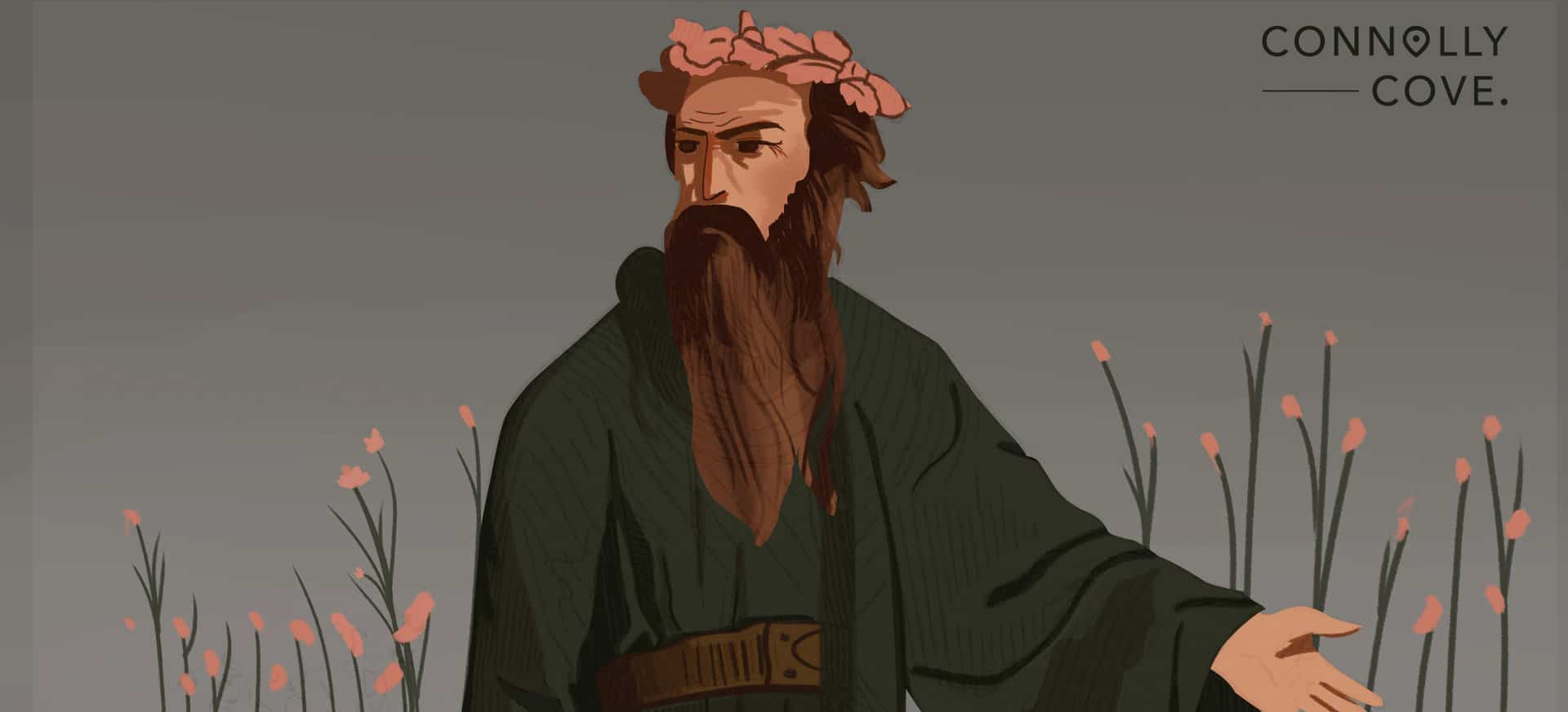
Updated On: April 22, 2024 by Aya Radwan
Celtic paganism was one of the most widespread Iron Age religions in Europe, with followers all over the continent. Deities across the continent had varied names, but many of them referred to the same god, and the changing name was due to the change of location. Like all religions, Celtic paganism had priests who served as a link between the people and the gods and were referred to as druids.
We usually read about druids or druid priests when reading about Samhain, the original Halloween, and how this modern-day festival evolved to its current form. Who were the druids? What did they believe in, their practices, Gods, symbols and rituals? The answers to these questions and more about this ancient religious cult are what this article is about.
What Is a Druid?
A druid is one of the Celtic society’s literate group of people. The term didn’t only include religious leaders or priests but also included legislators, medical professionals, judges and teachers. Despite the druids’ high level of education, they kept no written scripts of any of their teachings or research, a rule set only for the druids.
The only way we know anything about the druids is because of other nations, such as the Romans and the Greeks. This lack of documentation about their practices opened the door for other cultures to describe the druid culture. Julius Caesar holds the record for being the first person to report about the druids, back in the 4th century BCE and described them as being one of two honoured groups of people in Gaul.
Unfortunately, even though the Romans were the first to document the druids, they oppressed the venerated scholars during their rule of the area. By the 2nd century, druids had vanished from all written records. As a result, those who managed to escape persecution hid from Roman soldiers and practised their faith in secret.
Druids in Irish Mythology
Irish mythology brings us tales of powerful and great ancient druids, including female druids as well. One of the greatest druids in Irish mythology is the Milesians’ bard, Amergin Glúingel. The Sons of Mil aimed to conquer Ireland and settle there, but they had to defeat the island’s supernatural race, the Tuatha Dé Danann. The Tuatha Dé Danann’s druids started a magical storm to prevent the Milesians from landing on Irish shores. However, Amergin summoned the spirit of Ireland, which helped him and his comrades to land and conquer the island.
Female druids in Irish mythology are often called “bandruí” and have the same religious and cultural roles as male druids. There were numerous bandruí among the Tuatha Dé Danann, such as Bé Chuille, who was often referred to as a sorceress as well. She joined forces with three other bandruí to defeat Carman, an evil Greek witch. Another bandruí is Tlachtga, whose father, Mug Ruith, was also a druid who took her on all his world travels, shared with her all his magic secrets and dug together for sacred stones in Italy.
Druid Gods
We know that druids venerated the sun, the symbol of eternal fire, and this veneration comes from their main god, whom they called Be’al, which translates to “the main source of beings”. However, they also worshipped several lesser gods under Be’al. Unfortunately, due to the lack of written manuscripts by the druids, we don’t have further information about the different gods in druid beliefs. We do know they had a great role in celebrating Samhain, one of the most important pagan festivals in ancient Celtic beliefs.
Druid Symbols
Despite the lack of written druid teachings, many symbols mentioned in history books are attributed to these venerated scholars. There are many symbols circulating today that a lot of people don’t realise their initial use by the druids for a multitude of purposes, such as blessing, magic, knowledge and healing. These purposes changed depending on the druid’s position since he could’ve been a scholar, a mediator or a healer.
The Celtic Cross
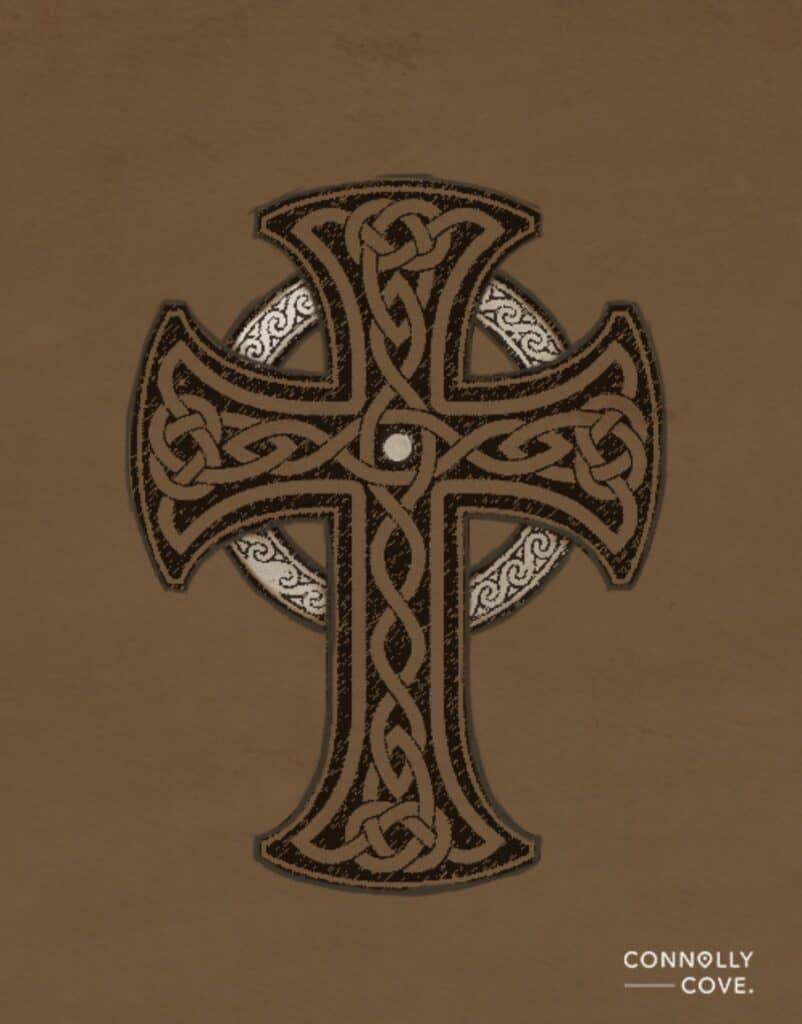
Even though the Celtic Cross is one of the most recognisable religious symbols worldwide, many don’t know it stands at the core of druid beliefs. The cross consists of a regular cross with a circle connecting its arms. Over time, both the simple cross and the connecting circle have acquired numerous interpretations that stem from druid beliefs and aim at venerating nature.
One interpretation says that every quarter of the cross represents one of the earth’s four seasons, while another sees each quarter as a representation of each of the day’s four parts, from morning to midnight. However, the most reasonable interpretation says that each quarter of the cross correlates to one of the traditional four elements, earth, air, fire and water.
The Shamrock
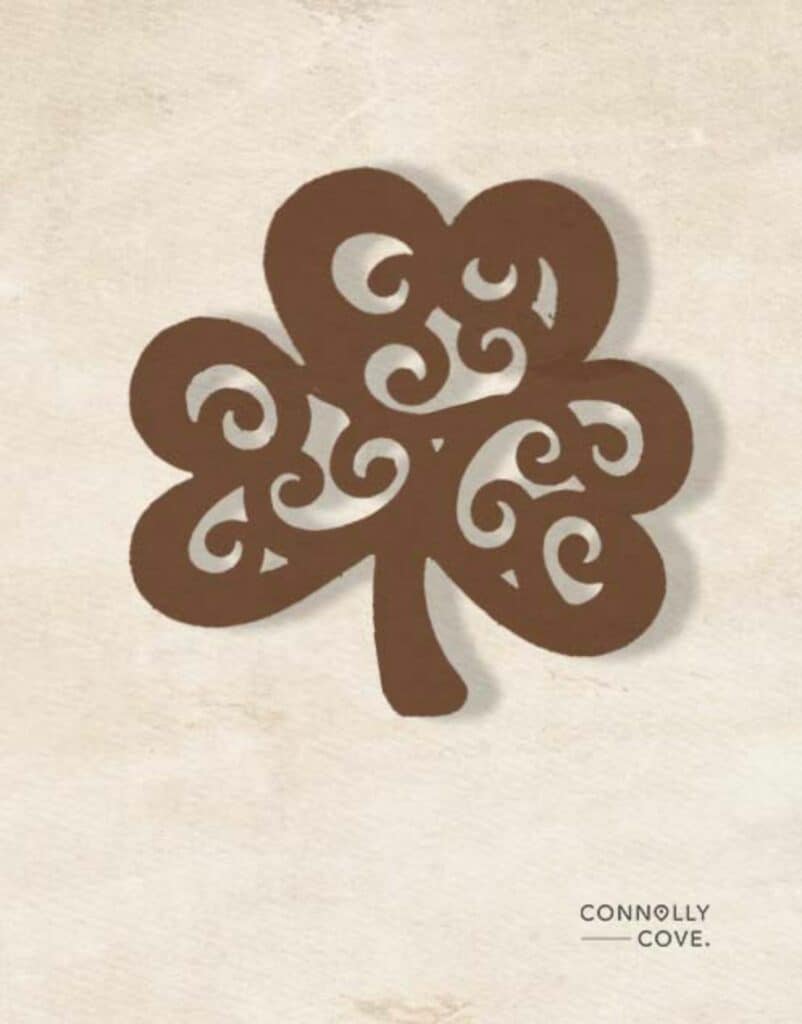
People from around the world know the Shamrock as a symbol of good luck, a way to draw in some Irish luck if you might, and it was the tool Saint Patrick used to demonstrate the Holy Trinity. Like almost all symbols on our list, the Shamrock is a true representation of druid belief. Each of the three sides of the clover variation represents one of Earth’s dominions, earth, sea and sky.
Acorns and Oaks
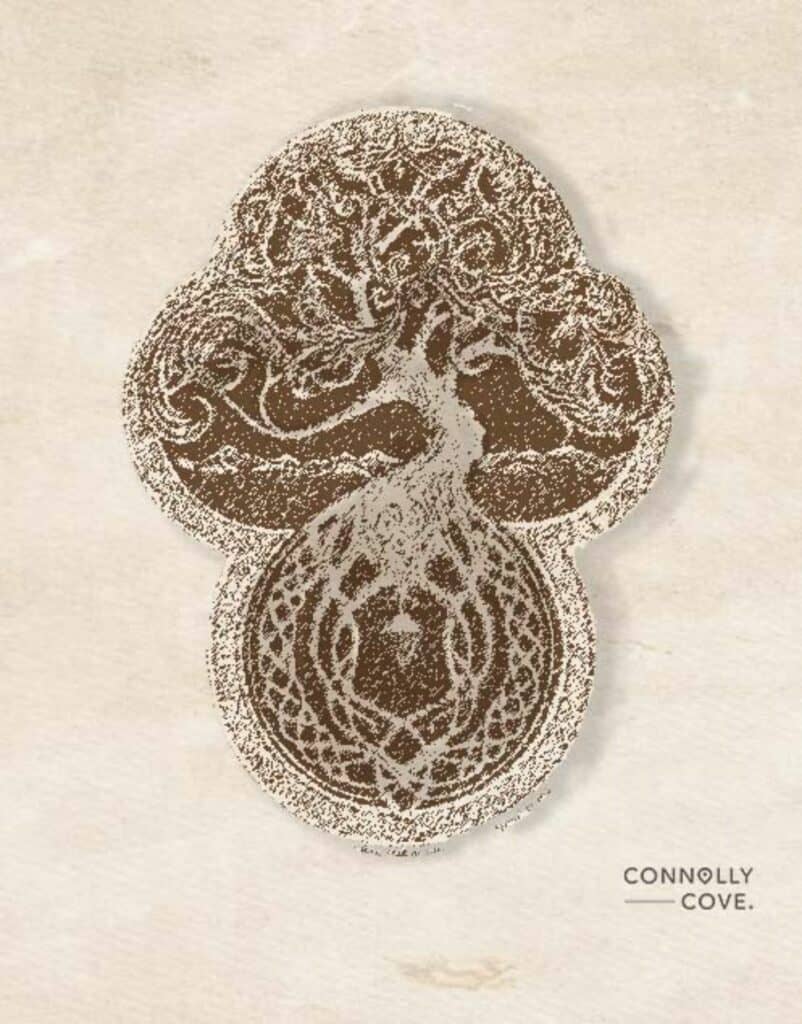
One of the various translations of the term druid is “oak-knower”, which illustrates the importance of oaks and acorns to such scholars. An acorn is dormant before it grows, which for the druids, translates into the alternation between hard work and rest. The druids also considered acorns to symbolise growth, good health, potential, perseverance, wisdom and eternal youth.
The Triskele
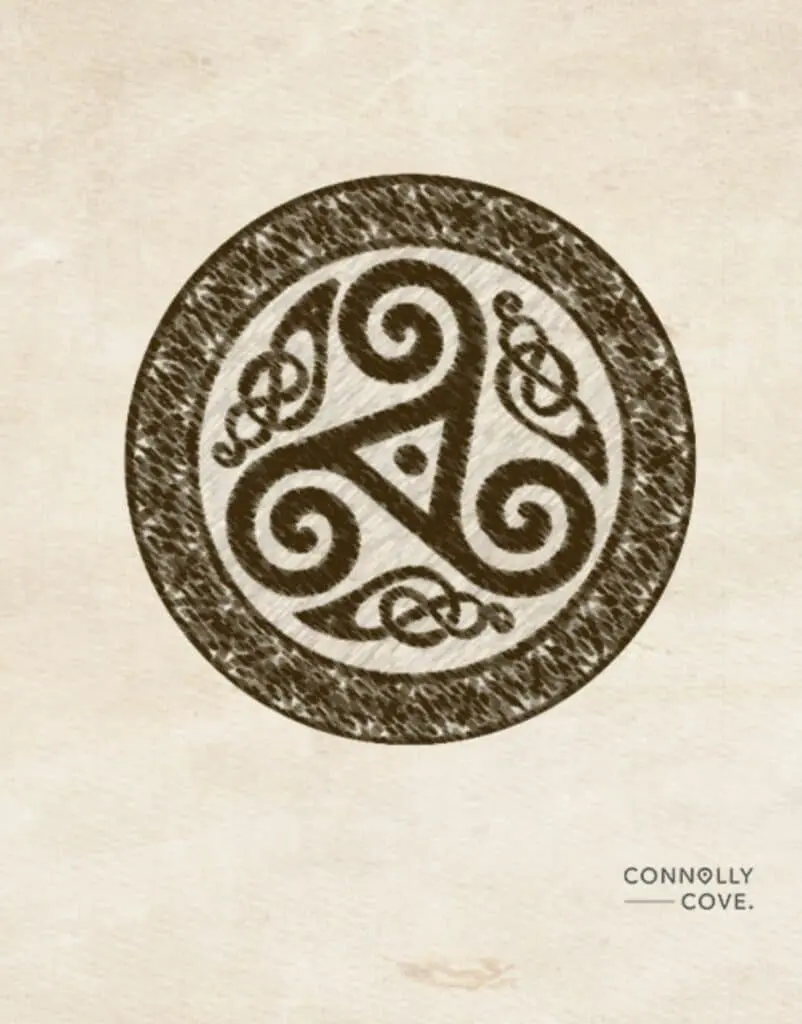
The triple spiral, or the triskelion, is one of the most found symbols in historical sites around Ireland. It consists of three connected spirals, without any breaks, which represent life and the truth that life continues despite hardship. This representation stems from the druids’ belief that the triskele represented the sun, the eternal source of light and life.
The Double Spiral
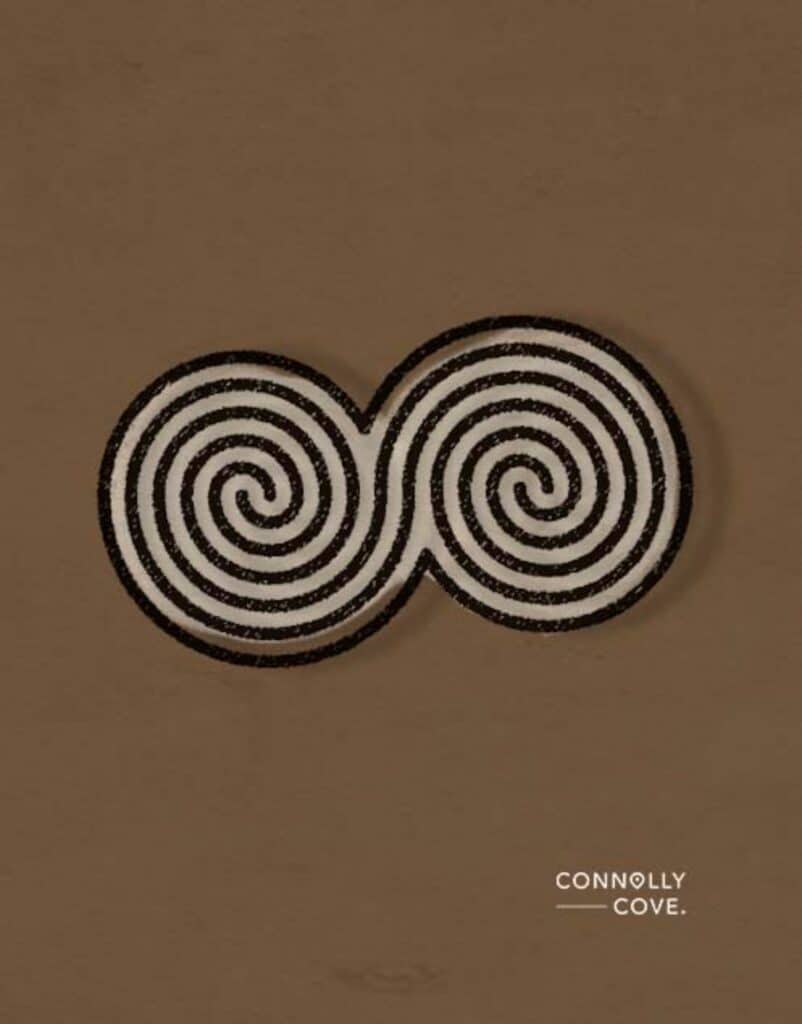
While the triple spiral represents the continuation of life, the double spiral represents the harmonious balance created by the unison of two opposing forces. Druids believed opposing forces could range from day and night, creation and destruction, light and darkness and life and death.
The Celtic Tree of Life
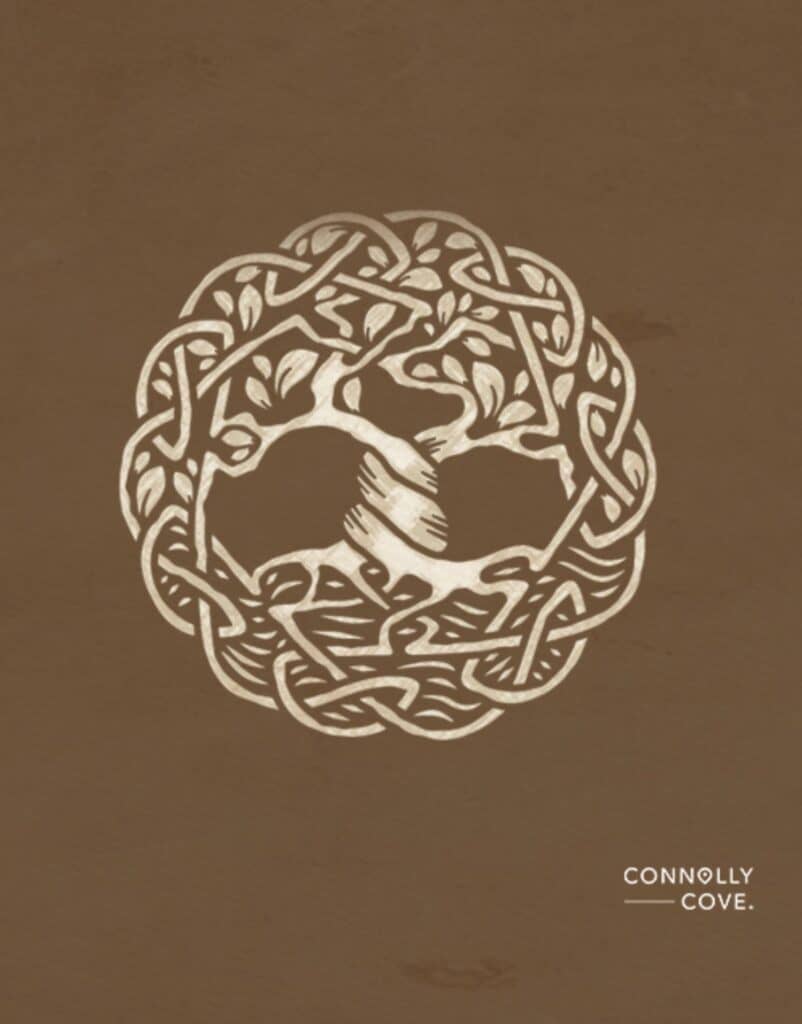
You must’ve seen the Celtic Tree of Life somewhere, even if you had no idea what it was or what it represented. This far-reaching and one-bark tree, both into the skies and deep into the layers of the earth, represents life’s two most powerful truths, life and death. The tree branches touching the sky represent the living, while the deep-stemmed roots represent the dead. Druids venerated nature, and the Celtic Tree of Life reflected the connection between those who’ve perished inside the soil and providing nourishment to the living, whether animals or humans.
The Triquetra
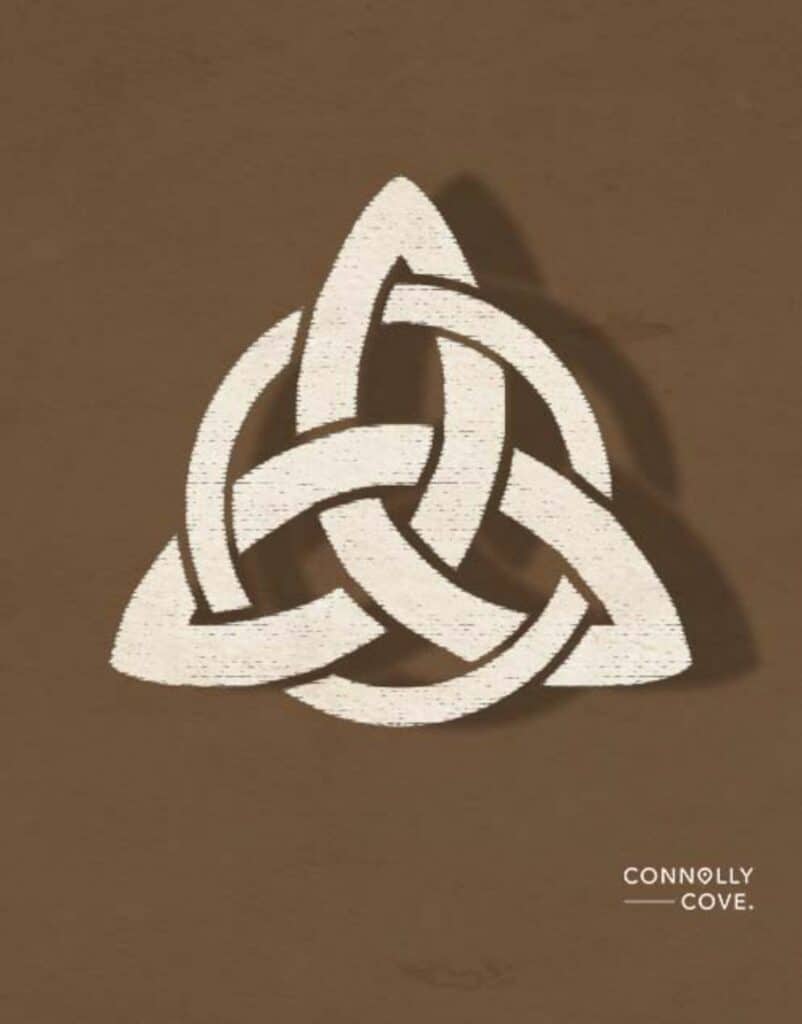
A perfect circle runs through three interlocking symbols, where each symbol looks like two connected brackets, which are commonly referred to today as the Celtic Trinity Knot. This ancient spiritual symbol is often connected to the Holy Trinity, which refers to the Christianisation of many druid symbols throughout history. For druids, the Triquetra represents life’s main elements, earth, sky and the sea; earth’s three elements, earth, air and fire and the triple moon symbol, otherwise known as the triple goddess symbol.
The Celtic Bull
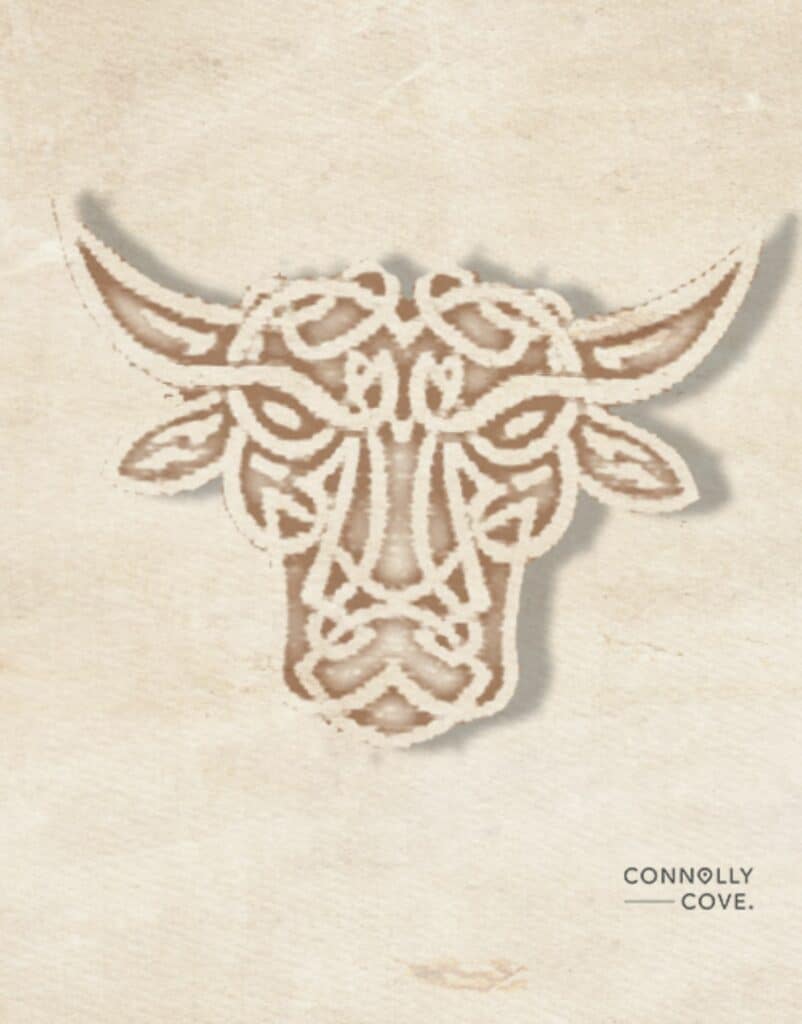
The bull had significance in almost all ancient religions as a representation of strength, fertility, and wealth and constituted the main part of sacrificial ceremonies. These representations had roots in druid beliefs as well, who believed the bull to be a link between them and their ancestors, and they used the animal in sacrificial ceremonies to remember where they came from and as a reminder of future aspirations and goals. For druids, the Celtic Bull depicted wealth and prosperity.
The Dara Knot
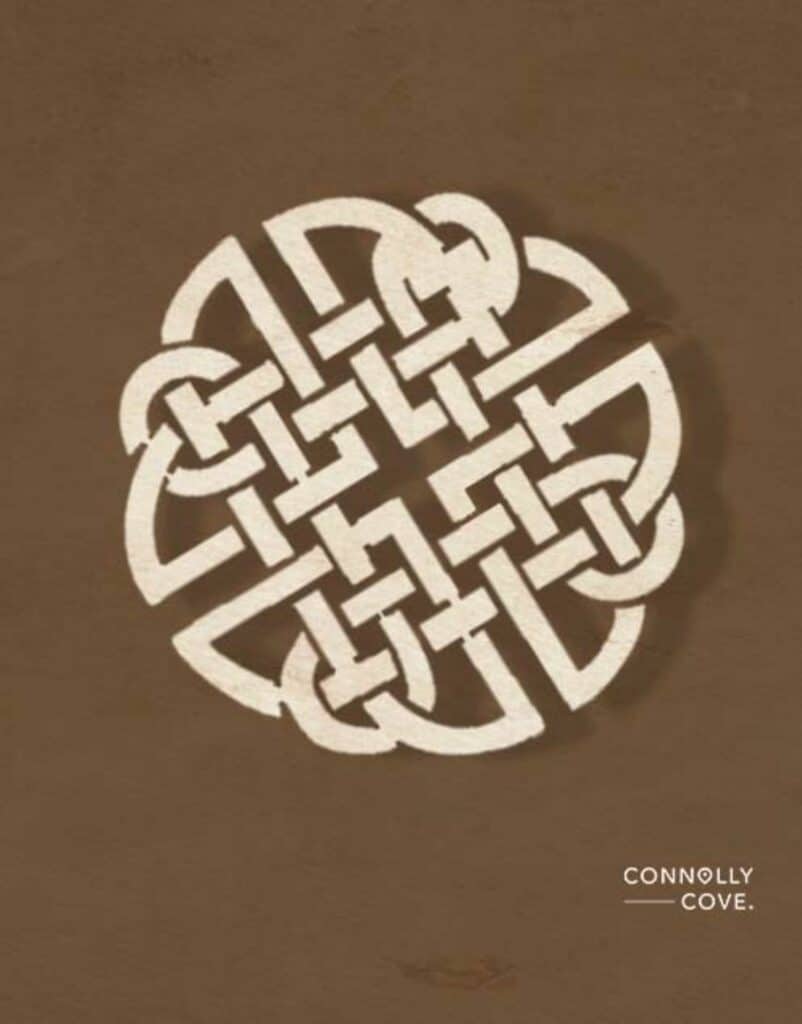
The Celtic Dara Knot is yet another symbol that represents the druid veneration of nature. This knot is drawn through a continuous pattern made up of connected lines to represent sacred oak trees and their roots. The Dara Knot is a symbol of inner strength, power, resilience in the face of hardship and wisdom.
The Motherhood Knot
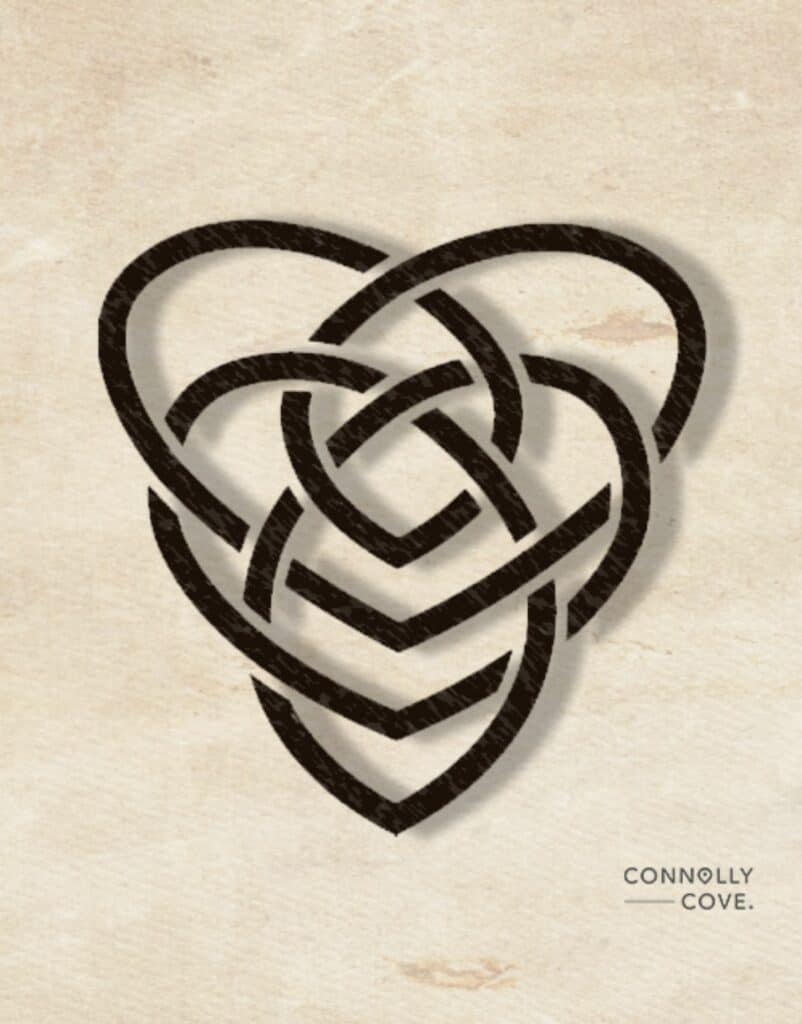
The Celtic Motherhood Knot represents the unbreakable bond between a mother and her child. To reflect its true meaning, this knot is drawn by interlocking two hearts without a visible beginning or end and slightly resembles the triskele. The Christianised version of the Motherhood Knot is the Madonna and Child, which pays tribute to the Virgin Mary and Baby Jesus.
The Wheel of Taranis
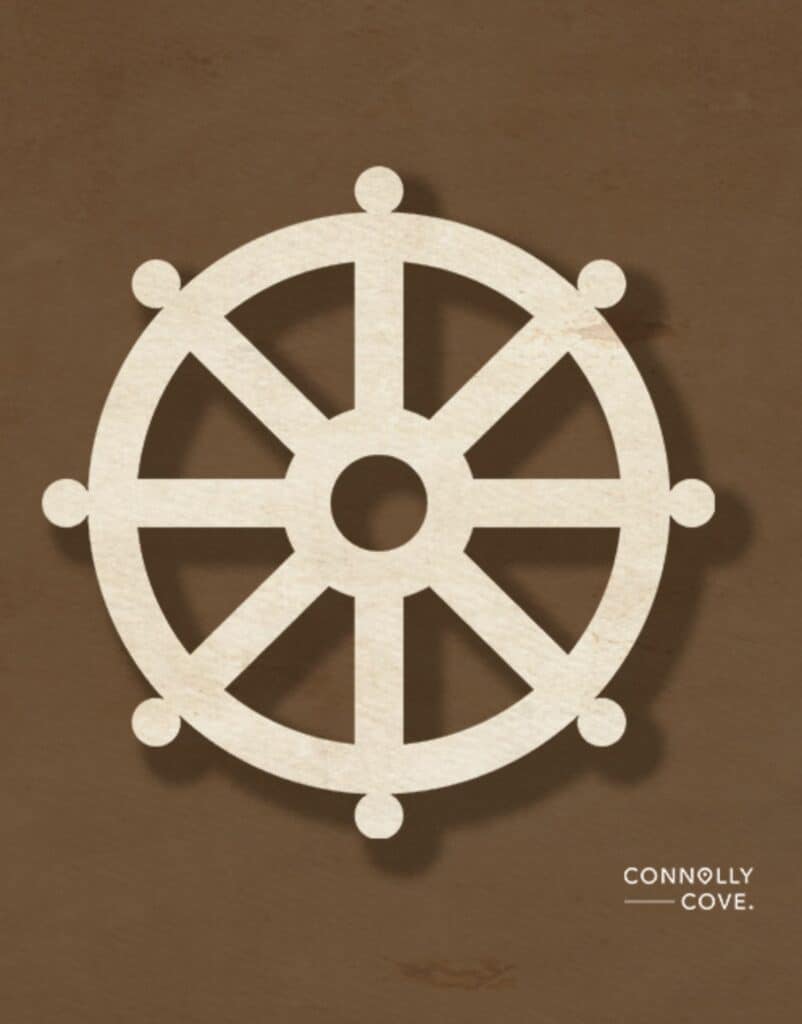
The Wheel of Taranis is another cross that symbolises Druids, besides the Celtic Cross. This wheel consists of a circle with an equal-armed cross inside. Druids used the Wheel of Taranis to indicate the solar calendar and the solstices. Another version of the wheel contains eight arms, which indicates the equinoxes in addition to the solstices.
The Awen
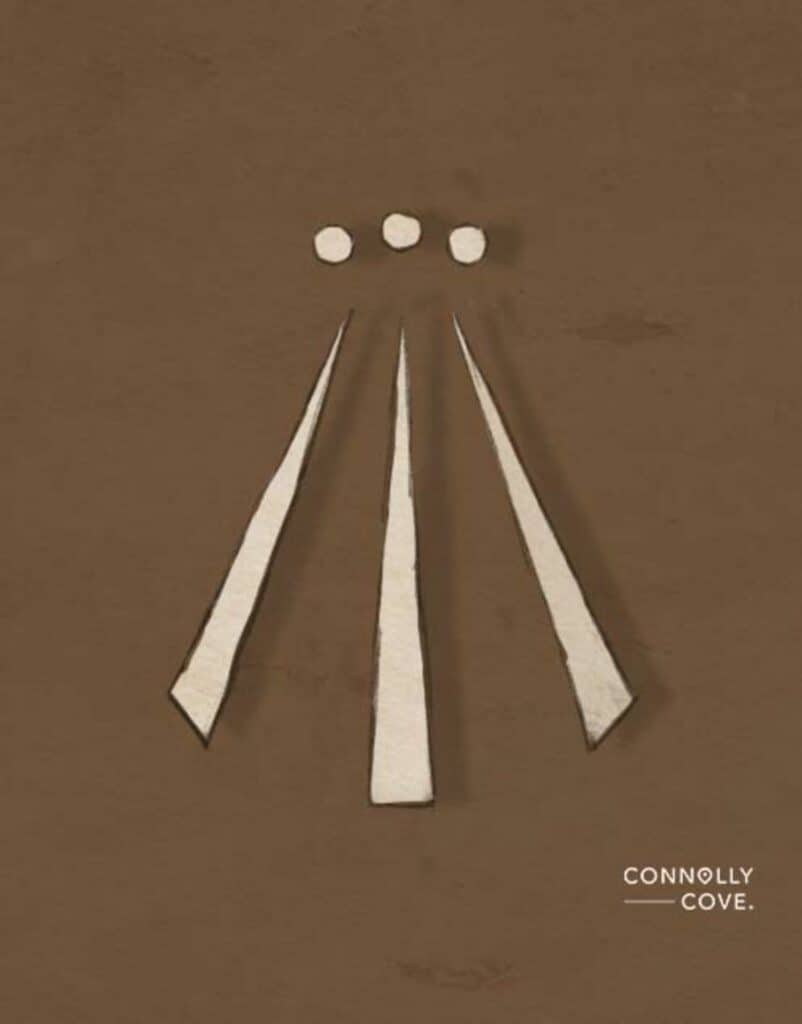
Three vertical bars with three dots atop them comprise the Awen, where the middle bar stands upright, and each of the other two bars leans towards it. The term Awen in Celtic translates to “inspiration”, which explains why the druids used it to signify or draw inspiration. However, for druids, the Awen also symbolised creativity, harmony, knowledge and time.
The Druid Sigil
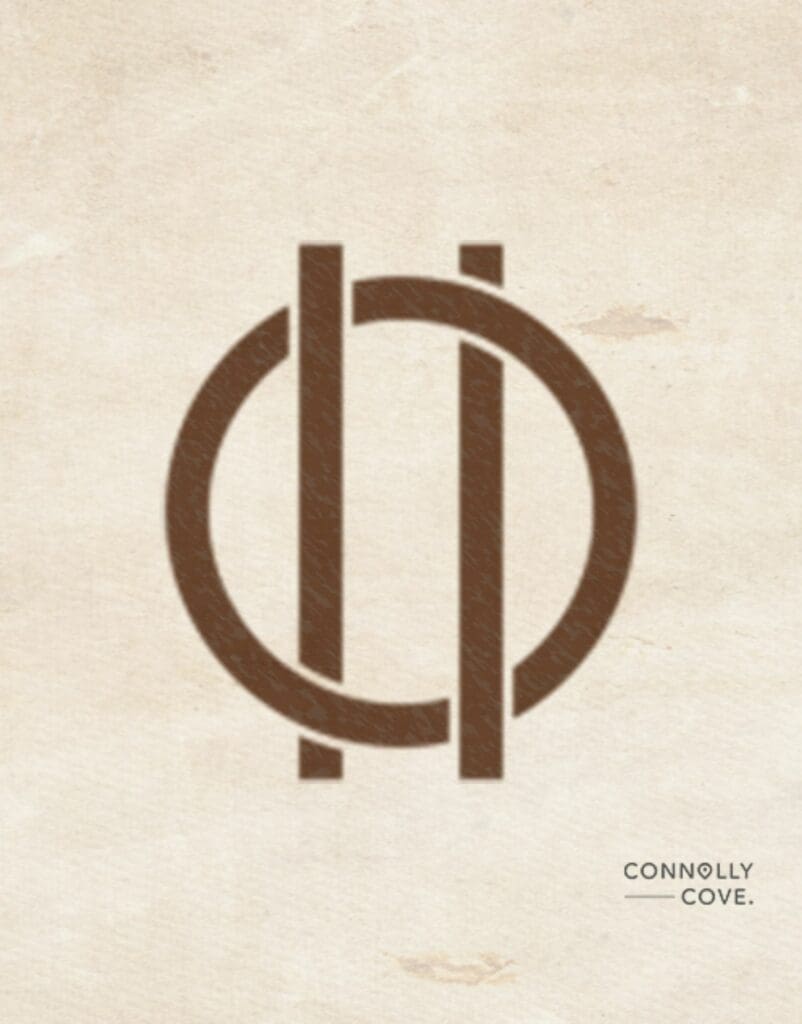
The Druid Sigil is a modern symbol of Druidry, adopted by a Neo-Druid religious foundation called the Henge of Keltria in the United States. The sigil consists of two vertical lines intersecting a circle, and there isn’t any evidence to indicate it was passed down from ancient druids. What differentiates the Druid Sigil from other druid symbols is it has no specific meaning, which means you can choose what it means and symbolises and use it accordingly.
Druids Today
Throughout history, druids were the main link between the people and the ancient gods and although we have limited knowledge about ancient druids, a new religious movement under the name of Neo-Druidry started in the 18th century. This movement began with the purpose of glorifying ancient druids and following in their footsteps. Today, Neo-Druidry is known as Druidry or Druidism, and many scholars and followers allege they’ve created their own doctrine with little to no relation to the ancient druids.
Both the old and new Neo-Druidry share the same core value of the ancient druids, the veneration of nature. But modern druids focus their practices around the sacred connection with the earth, healing our damaged planet and building connections with the surrounding natural world. These beliefs differ from the beliefs of the ancient druids, who helped the people connect with the gods and used magic and human sacrifices in their rituals. Something that modern druids ceased centuries ago.
We discussed the Druid Sigil earlier, which takes whichever meaning the believer projects upon it. Similarly, the majority of modern druids don’t share the same belief about the divine power they follow. But they do believe this divine power is subject to change according to each individual druid. Today, 46% of druids follow other religions, such as Christianity and Wicca, besides the spirituality of druidism, while the remaining 54% are solely druids.
The worldwide population census doesn’t provide an accurate account of modern-day druids. Even though this nature-based religion has a wide following, many still prefer to keep their faith and rituals private.


